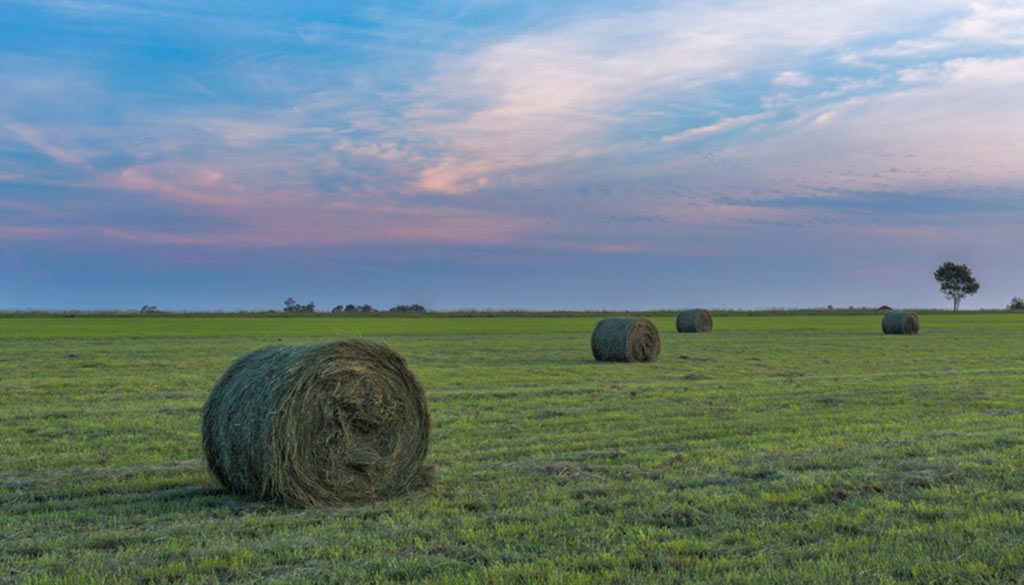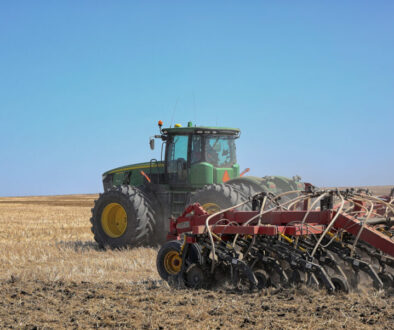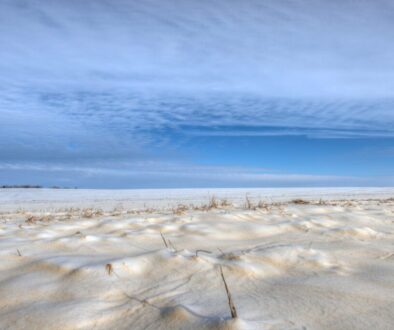Greenfeed for Unseeded Acres
By Mitchell Japp, MSc, PAg
Flooding, flea beetles, gophers, cutworms and hail. That extensive, but perhaps not exhaustive, list of events and pests damaging and destroying crops in 2022 will lead to some acres effectively not growing a crop.
Last month, SaskBarley, Sask Wheat, Manitoba Crop Alliance, and Alberta Wheat and Barley released a factsheet on late seeding, primarily targeted to those areas that were delayed due to wet fields. Now, any acres currently without a crop growing may be better suited to greenfeed, considering how late we are getting in the growing season.
Growing a greenfeed crop can help to utilize soil moisture, compete with weeds and potentially help with managing some problem weeds, as well as providing some income for a challenging year.
Barley is a good option for greenfeed crops. The SaskSeed Guide and Varieties of Grain Crops started including forage yield comparisons for some select varieties in 2021 (page VR37 in the yellow section at the back, or use the online Interactive Seed Guide). This table includes most of the popular and new barley, oats, wheat and triticale varieties. A separate project, led by the Wheatland Conservation Area, is generating variety comparisons for grain varieties because sometimes forage varieties are in short supply. The project, An Assessment of Annual Forage Varieties in Saskatchewan, is funded by Saskatchewan Agriculture and includes preliminary data only until the project wraps up after the 2022 growing season. The project also includes some mixtures for comparison.
Seeding later in the season may expose young plants to diseases like rust. Choose a variety with strong resistance to any rusts common in your area when planting a late greenfeed crop.
Annual forages for greenfeed, silage or yellow-feed offer some flexibility for livestock producers when hay and pasture are in short supply. They are also a solution for grain farms that have been affected by severe events and pests.
References and other resources:





